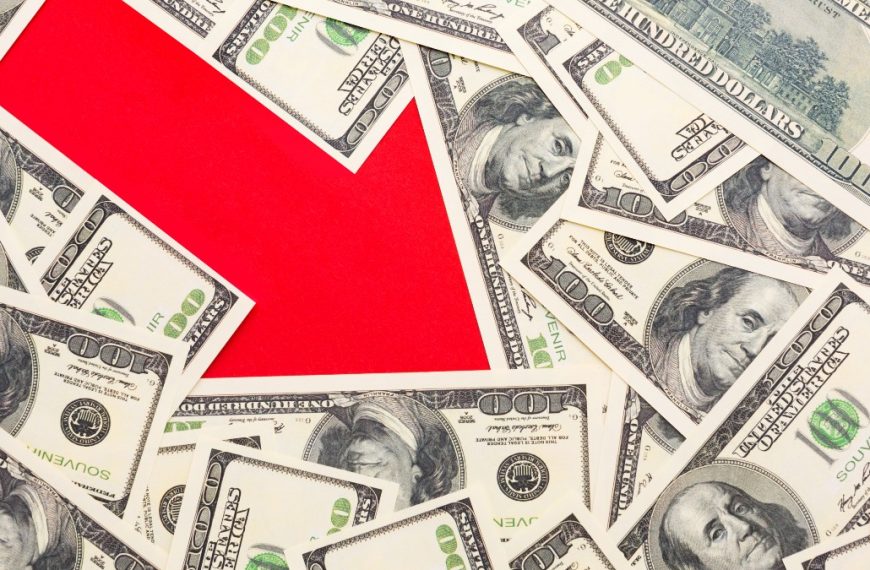The recent surge of the Indian rupee has taken many market watchers by surprise, particularly due to the Reserve Bank of India’s (RBI) unexpected decision to remain passive amidst this rally. On April 4, the rupee momentarily soared above 85, peaking at 84.9675 before settling at 85.2650, reflecting a 0.2% increase for the day. This upward movement is attributed to various factors, including concerns over potential U.S. tariffs that have weakened the dollar.
Currency Movements and Market Reactions
Traders are buzzing with activity as they adjust their positions in light of the RBI’s uncharacteristic inaction. Historically, the central bank would typically intervene during periods of rupee strength to stabilize the currency by purchasing dollars. However, this year has seen a noticeable shift, with the rupee appreciating over 2.5% in just three weeks without RBI intervention.
- Key points:
- Rupee reached 84.9675 before settling at 85.2650.
- RBI’s lack of intervention is unusual and noteworthy.
- The rupee has gained more than 2.5% recently.
Economic Insights and Future Implications
Economists are weighing in on the situation, noting that the rise in the rupee aligns with trends seen in other Asian currencies. Dhiraj Nim, an economist at ANZ, suggests that the RBI’s current stance allows for a more expansionary monetary policy, which could foster growth. The strengthening of the rupee has also led to positive valuation gains in foreign exchange reserves, diminishing the immediate need for dollar purchases.
Market analysts, including those from Citi and Goldman Sachs, have adjusted their expectations for potential rate cuts by the RBI, citing worries about India’s economic growth due to external factors. Despite these concerns, the rupee continues to hold its ground against a backdrop of a weakening dollar.
Currency Predictions and Recommendations
As the situation evolves, Barclays has suggested taking a long position on the 3-month dollar-rupee non-deliverable forward, setting a target of 90. The current quote for this instrument stands around 85.75. While traders are optimistic, many remain cautious, anticipating that the broader economic impacts of U.S. tariffs may eventually pull the rupee down along with its regional counterparts.
- Takeaways:
- Barclays recommends a long position on dollar-rupee NDF.
- Current quote for 3-month NDF is approximately 85.75.
In summary, the Indian rupee’s recent performance highlights a dynamic interplay of local and international economic factors, and market participants are keenly observing how the RBI will navigate this complex landscape in the months to come.











